Pine bark fines
Joe1980
13 years ago
Related Stories
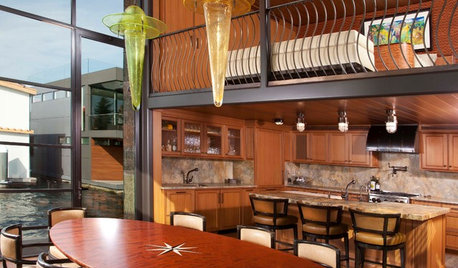
CONTEMPORARY HOMESHouzz Tour: A Bark-Covered Floating Getaway on Lake Union
If the unusual siding doesn’t clue you in to the fine craftsmanship in this floating home, the handmade handrails, lights and furniture will
Full Story
TREESGreat Design Plant: Coral Bark Japanese Maple, a Winter Standout
Go for garden gusto during the chilly season with the fiery red stems of this unusual Japanese maple
Full Story
HOUSEPLANTSMeet a Palm That's Fine With Fluorescent Light
Get the look of the tropics without the full-on sun and high humidity — parlor palm tolerates regular indoor conditions with aplomb
Full Story
HOME OFFICESWarm Up the Home Office With a Fine Wooden Desk
Let corporate settings keep their steely formality. These wooden desks for a home office celebrate natural beauty in all its glory
Full Story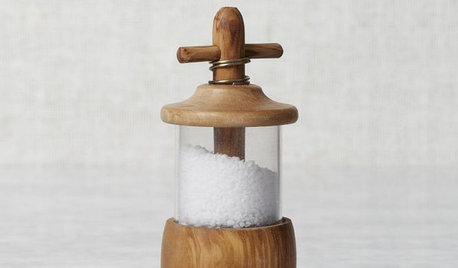
PRODUCT PICKSGuest Picks: Finely Crafted Wood Kitchen Accessories
Bring warmth and a homespun feel to your kitchen and dining room with wood shakers, bowls and other accessories
Full Story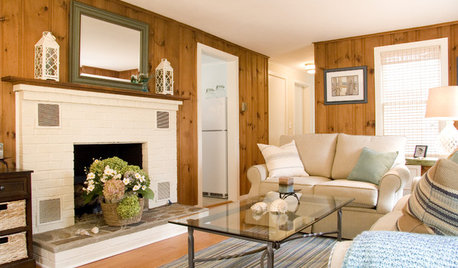
WALL TREATMENTSThese Are Not Your Grandfather’s Pine Walls
The knotty look went from popular to pariah in years past, but today’s designers are finding new and stylish ways to embrace it
Full Story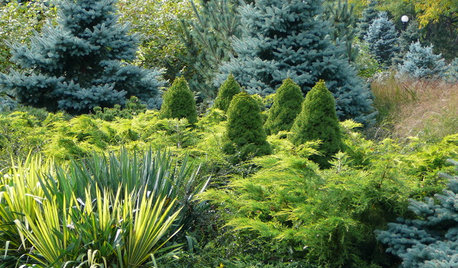
PLANTING IDEASDesigning With Conifers: Layers of Texture for Your Garden
Sharp and prickly or fine like ferns, richly textured conifers bring unexpected interest to the landscape
Full Story
GARDENING GUIDESPlant Black Cherry Trees for the Birds and Bees
Plant Prunus serotina in the Central and Eastern U.S. for spring flowers, interesting bark and beautiful fall color
Full Story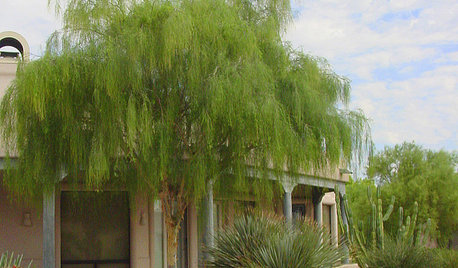
GARDENING GUIDESGreat Design Plant: Palo Blanco Softens Sharp Desert Angles
Willowy foliage and creamy white bark give this tree a delicate beauty, but its constitution is tough
Full Story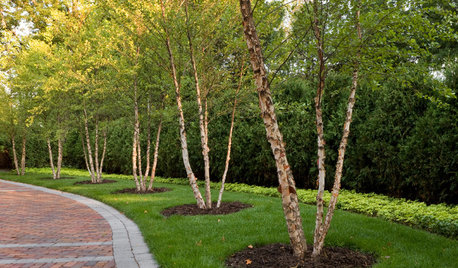
LANDSCAPE DESIGNGreat Design Plant: River Birch
Pick this rugged native tree for its intriguing peeling bark, soil adaptability or leaves that bring dappled shade to a garden
Full Story









Joe1980Original Author
tapla (mid-Michigan, USDA z5b-6a)
Related Professionals
West Milford Landscape Architects & Landscape Designers · New Mexico Landscape Architects & Landscape Designers · Southfield Landscape Architects & Landscape Designers · Bristol Landscape Contractors · Coram Landscape Contractors · Fort Wayne Landscape Contractors · Fridley Landscape Contractors · Kettering Landscape Contractors · Mission Bend Landscape Contractors · Nashua Landscape Contractors · Oviedo Landscape Contractors · Greenfield Landscape Contractors · East Norriton Landscape Contractors · Camp Springs Landscape Contractors · Arkansas Interior Designers & DecoratorsJoe1980Original Author
tapla (mid-Michigan, USDA z5b-6a)
Joe1980Original Author
tapla (mid-Michigan, USDA z5b-6a)
Joe1980Original Author
tapla (mid-Michigan, USDA z5b-6a)